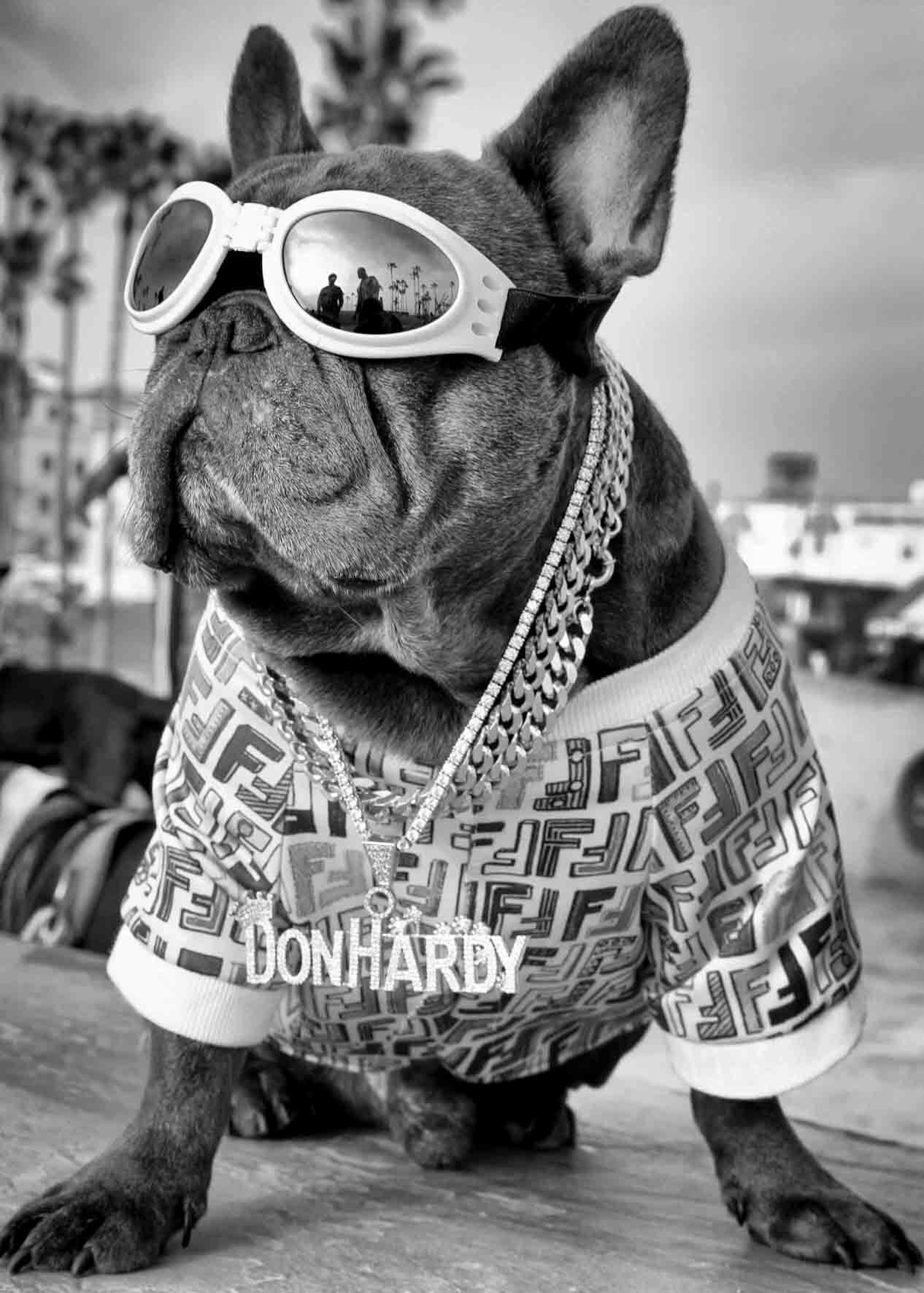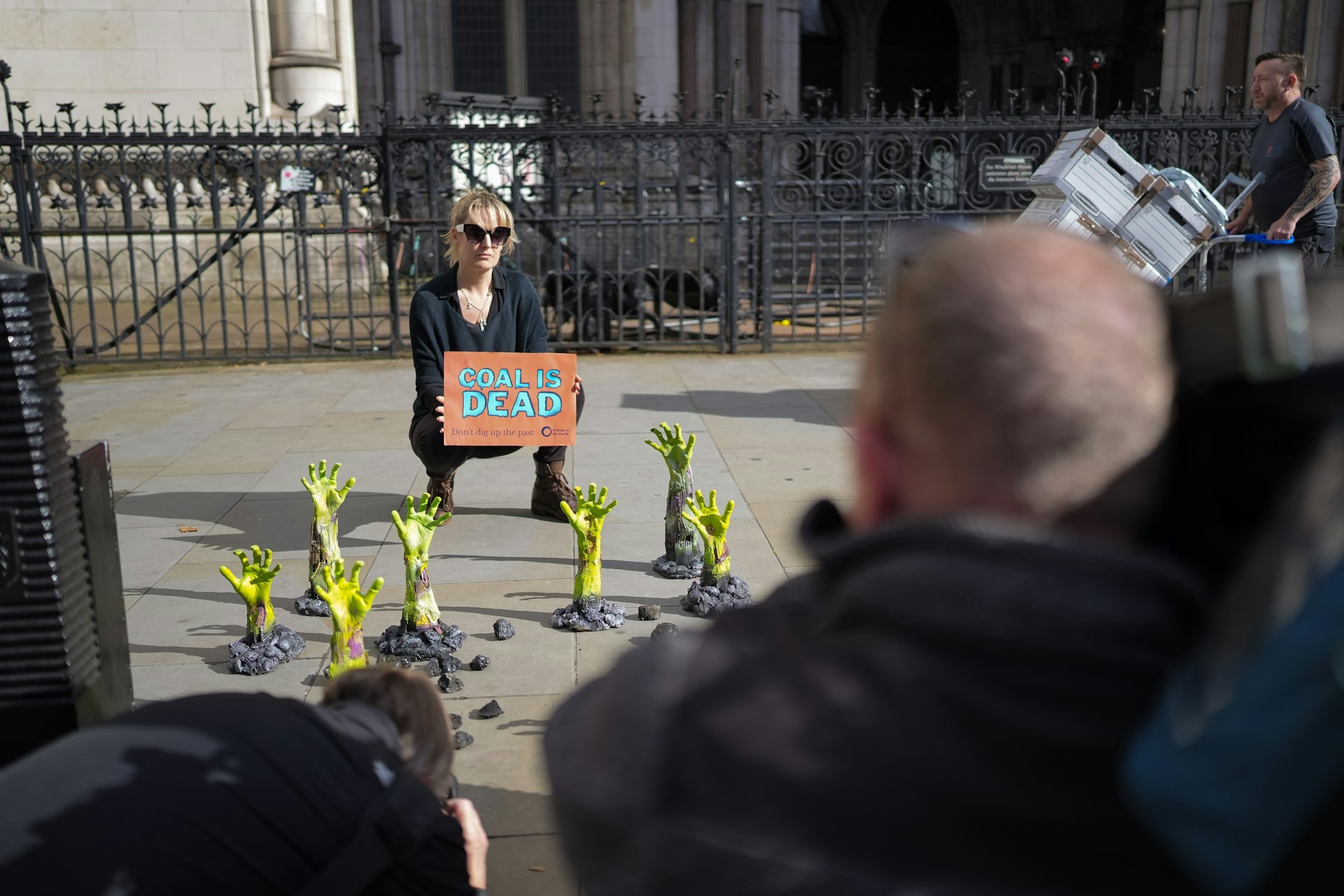Remembering the radical women of New York's Photo League
- Text by Miss Rosen
- Photography by Sonia Handelman Meyer / Monroe Gallery of Photography

In 1936, a group of predominantly Jewish-American photographers in New York City came together to form The Photo League, dedicating themselves to using the camera in the ongoing fight for social change. By the ‘40s, the League’s roster included luminaries like W. Eugene Smith, Berenice Abbott, Paul Strand, Lisette Model and Weegee, with women accounting for more than a third of their membership at a time when gender equity in the industry was extremely rare.
Standing at the vanguard of art and activism, the League was dedicated to supporting the struggles of American workers through the Depression and the start of the post-war boom – only to be targeted by the FBI during the early years of the Red Scare. In 1947, the US Department of Justice blacklisted the Photo League as a “subversive organisation,” putting members at risk of government persecution.
The League rallied but was ultimately no match for the state, which used a paid informant to destroy the photography collective in court. Although the League finally disbanded in 1951, its legacy lives on in both the work of its members and their shared commitment to human rights.




In a new exhibition, gallerists Sid and Michelle Monroe revisit the groundbreaking work of two photographers whose work as gone unrecognised until recent years: Ida Wyman (1926-2019) and Sonia Handelman Meyer (1920-1922).
Joe Meyer, manager of the Sonia Handelman Meyer Estate, remembers his mother as an artist and activist who first took interest in social issues as a teen. “When she joined the Photo League in her mid-20s, she found a new medium to share her radical ideals with an even broader audience,” he says.
Handelman Meyer attended rallies and participated in boycotts, devoting herself to civil rights, environmental and anti-war causes. Standing at the frontlines, she was tear gassed during protests in Washington D.C., charged by a mounted policeman in New York, and had rocks thrown at her during the 1949 Peekskill Riot.


In an artist statement written in her later years, Handelman Meyer recounted her work for the League photographing at an anti-lynching rally in Madison Square Park, at a Jehovah’s Witness convention in Yankee Stadium, and at the Hebrew Immigration Aid Society, as well as chronicling daily life in New York, which she descried as “rough-edged, tender and very beautiful in its diversity.”
After the League shut down, Handelman Meyer packed up her prints and negatives and went underground for three years, fearing repercussions of her involvement. She lost track of League members, focusing her energy on raising a family and photographing nature instead.
After a series of events brought her work back into the public eye in 2007, Handelman Meyer, then 87, was finally able to receive the recognition she deserved. Charged with purpose, she picked up where she left off, passing along the mission of the Photo League to a new generation of photographers.
Sonia Handelman Meyer and Ida Wyman: Pioneering Women of the Photo League is on view April 21 – June 18, 2023, at Monroe Gallery in Santa Fe, New Mexico.
Enjoyed this article? Like Huck on Facebook or follow us on Twitter.
Latest on Huck

Autism cannot be cured — stop trying
A questionable study into the ‘reversal’ of autism does nothing but reinforce damaging stereotypes and harm, argues autistic author Jodie Hare.
Written by: Jodie Hare

Bristol Photo Festival returns for second edition
After the success of it’s inaugural run, the festival returns this autumn with exhibitions, education and community programmes exploring a world in constant motion through still image.
Written by: Ben Smoke

Documenting the life of a New York gang leader paralysed by gun violence
New photobook ‘Say Less’ is a complex yet humanising look into a life wrecked by gun violence and organised crime.
Written by: Isaac Muk

The woman who defined 80s Hip Hop photography
A new exhibition brings together Janette Beckman’s visionary and boundary pushing images of an era of cultural change and moral panic.
Written by: Miss Rosen

In photos: the dogs of Dogtown
A new photobook documents Venice Beach’s four legged friends and their colourful cast of owners.
Written by: Isaac Muk

Inside the battle to stop coal
As the legal challenge against Britain’s first deep coal mine in 30 years reaches the High court, we talk to activists at the centre of the fight to stop it.
Written by: Ben Smoke